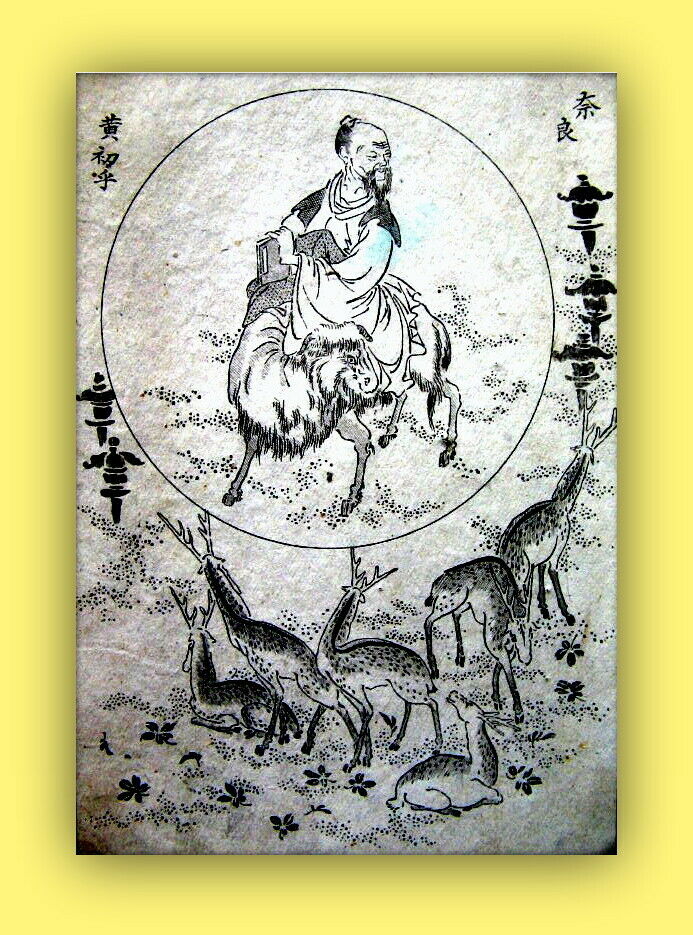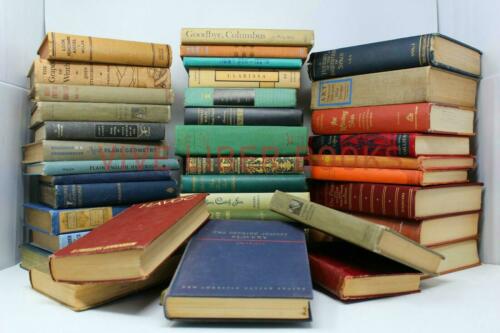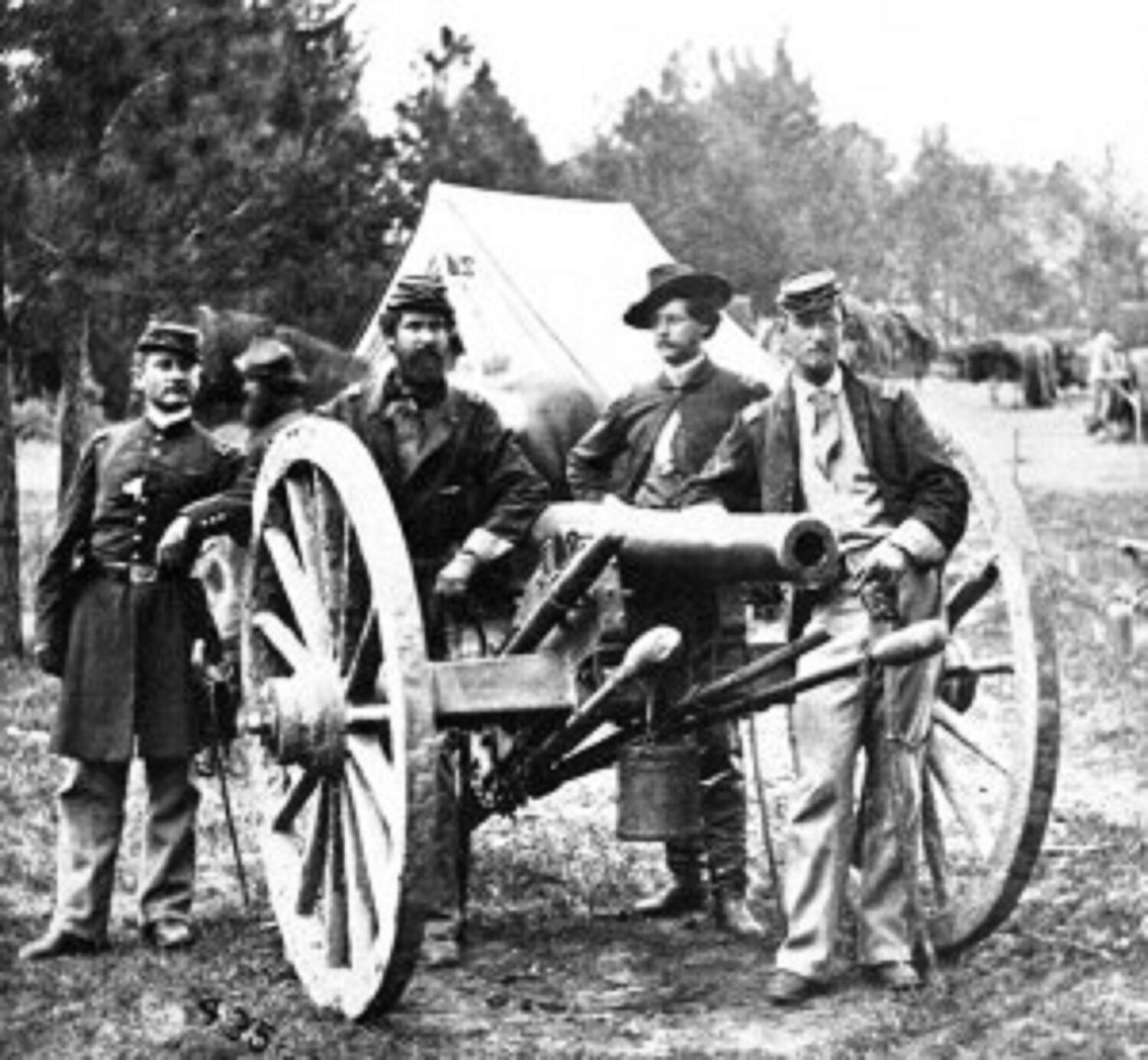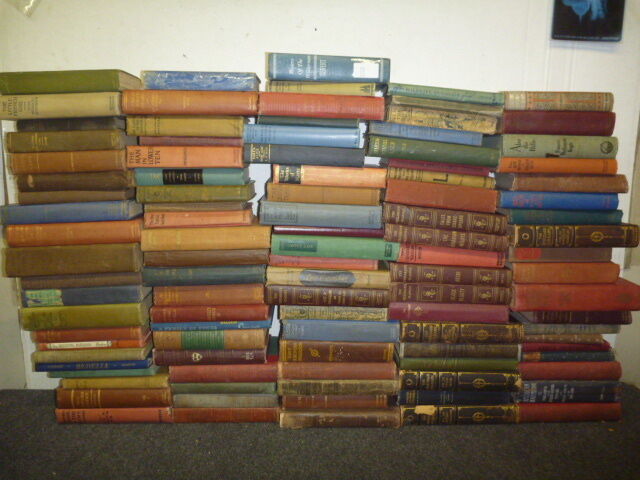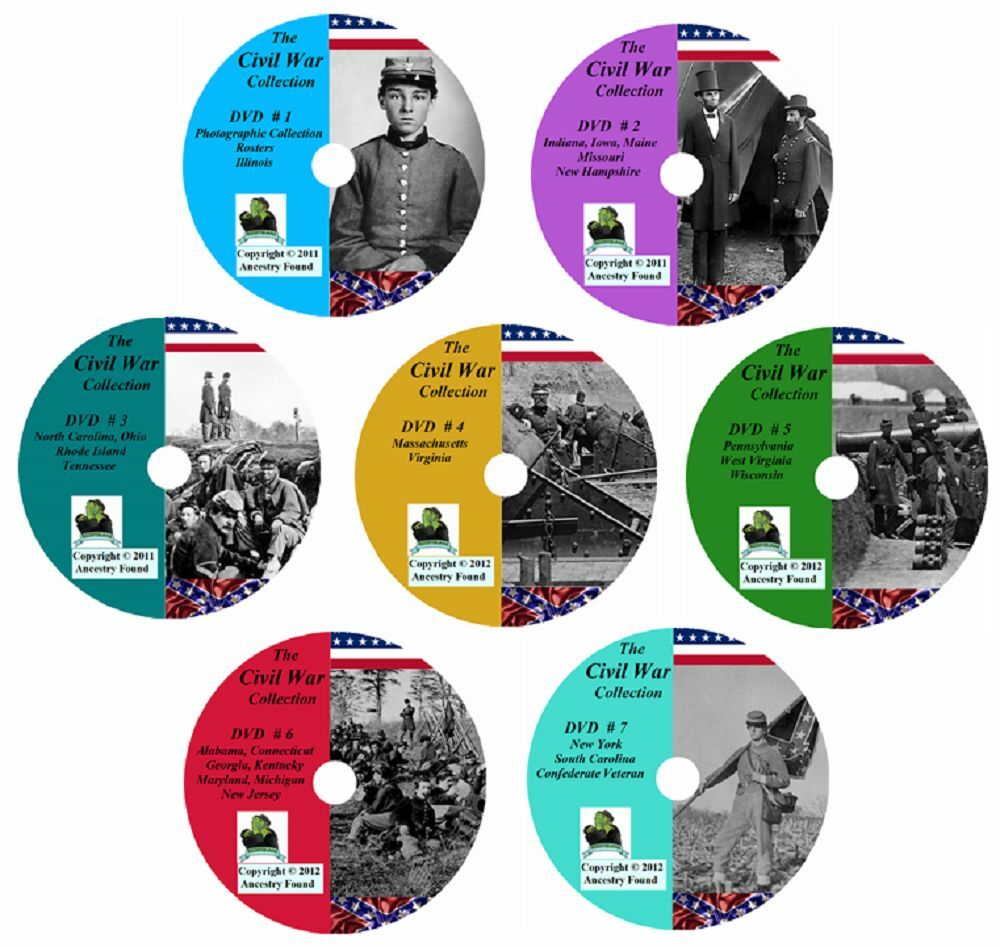-40%
ORIGINAL HOKUSAI-JAPANESE WOODCUT,UKIYO-E-WOODCUT, KATSUGAWA-SCHOOL, around 1810
$ 0.52
- Description
- Size Guide
Description
*** KATSUSHIKA HOKUSAI ***KATSUGAWA-SCHOOL
UKIYO-E-WOODCUT
RICE-PAPER
c.1810
RAR
Hokusai has been involved in artistic development all his life.
At the end of his life, he proudly described himself as a "farm worker".
On his deathbed he is said to have said:
"If heaven had given me another five years,
I would have become a great painter."
Content:
Hokusai manga
POESIE and LYRIK
Material:
rice paper
Collation:
2
Katsushika Hokusai
Katsukawa Shunshō
Size:
woodcut: 18cm x 11cm
Origin:
Kobe Tokugawa dynasty
Katsushika Hokusai was a Japanese painter and one of the most important representatives
of the ukiyo-e genre.
His most famous works are the woodblock prints of the series "36 Views of Mount Fuji".
Hokusai was born in Edo, today Tokyo, in the ninth month of the tenth year of the Horeki period,
his parents are unknown.
At the age of three, he was adopted by Nakajima Ise, a
Mirror maker for the yard of the Shogun.
At the age of 18, when he already had some experience as a woodcutter, he began working
in the workshop of the Ukiyo-e master Katsukawa Shunsho from the Katsukawa school,
a painter and draftsman of woodblock prints.
In 1779 he published his first works: portraits of actors, which appeared under the name
Katsukawa Shunsho and were distinguished above all by the individual facial features of the actors.
He did not leave his master's workshop until 1793 after the death of Shunsho.
He took the name Shungo until 1794.
Hokusai then wandered through Japan.
He frequently changed his teachers and schools, and also his name more than 30 times,
and lived in about 90 different places, perfecting his art.
Hokusai also wrote popular novels.
His first book with his own illustrations was published in 1782.
From 1798 he accepted his own students and taught them in the art of woodblock prints and drawing.
From then on he drew under his still well-known name Katsushika Hokusai.
As the economic situation in Japan deteriorated, Hokusai's sales opportunities deteriorated,
so that he had to offer his paintings in the street trade.
After this phase, a period of state censorship began, which led him to switch to ordered paintings
for wealthy clients.
Katsushika Hokusai died on May 10, 1849, the 18th day of the fourth month of the second year
of the Kaei period.
Although Hokusai dealt with different styles, he remained stylistically independent.
At times he lived in extreme poverty, and even after he could make money with his artistic work,
he preferred a simple life.
His spectrum included all forms and techniques of woodblock cutting and painting,
and his motifs ranged from the depiction of fighting samurai to erotic scenes such as
The Dream of the Pearl Diver.
His most famous paintings, however, depicted nature and landscapes.
Hokusai popularized the term manga (e.g. casual/unbridled image), which is still used
today for Japanese comics.
His Hokusai manga are sketches published in a total of 15 volumes between 1814 and 1815.
They do not tell coherent stories, but represent snapshots of Japanese society and culture
during the late Edo period and depict the entire spectrum of human life.
The large wave in front of Kanagawa (ca. 1830), from the series "36 Views of Mount Fuji".
Hokuvisi's series of images "36 Views of Mount Fuji", which was created between 1830 and 1836
and in which he captured the landscapes around the highest mountain in Japan on 36 pictures,
became even more well-known.
"The Great Wave off Kanagawa," an image from this cycle, is likely to be the world's
most famous Japanese work of art.
In addition, more than 200 other drawings were made during this time.
Hoku'i's works initially spread only in Japan, as the country
was almost completely closed off from the
beginning of the 17th to the middle of the 19th century.
Only traders from the Netherlands were allowed to
trade with Japan in limited time. With them, his paintings
finally reached Europe.
There they inspired artists
such as Vincent van Gogh, Paul Gauguin, Egon Schiele
and Gustav Klimt.
You are bidding on
this original Japanese
HOKUSAI-WOODCUT
(UKIYO-E-WOODCUT)
from the KATSUGAWA-SCHOOL.
KOBE,
around 1810.
RARELY
